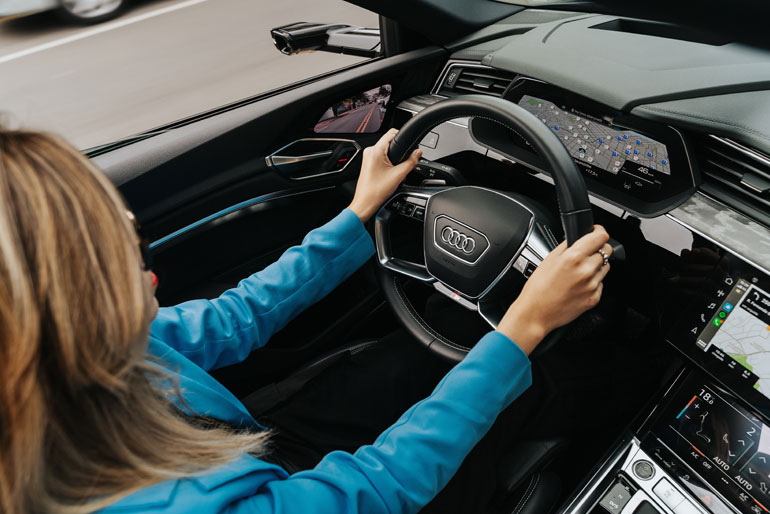Many new drivers, regardless of their age, often experience a common fear known as driving anxiety. This fear can lead to physical reactions like sweating, trembling, an increased heart rate, and difficulty breathing. In extreme cases, this fear can be so intense that it prevents individuals from learning how to drive or from driving altogether.
If you’re a new driver grappling with driving anxiety, there are several steps you can take to conquer your fear and become a skilled and confident driver.
What Leads To Driving Anxiety?
Several factors contribute to driving anxiety, including:
- Fear of getting into an accident: This is the primary source of driving anxiety. New drivers may worry about making mistakes or being involved in an accident caused by another driver.
- Concerns about being judged by other drivers: New drivers might feel self-conscious or embarrassed about making errors or not knowing how to handle certain driving situations.
- Lack of confidence in driving skills: New drivers may lack confidence in their ability to control the vehicle, navigate through traffic, or handle unexpected driving circumstances.
- Previous negative driving experiences: If you’ve had a past negative driving encounter, such as an accident or a near-miss, it can heighten your likelihood of developing driving anxiety.
Overcoming Driving Anxiety
If you find yourself struggling with driving anxiety, there are several effective approaches to help you overcome your fear and develop a sense of security and confidence behind the wheel. Here are some tips to conquering driving anxiety:
- Seek professional assistance: When dealing with severe driving anxiety, consulting a therapist or counselor can be immensely beneficial. They can provide you with effective coping techniques and practical strategies for managing your anxiety in the context of driving.
- Regular practice: The more you practice driving, the more at ease you will feel while driving. Start by practicing in quiet and less crowded areas, gradually progressing to more challenging driving environments as you become more comfortable.
- Challenge negative thoughts: Should you find yourself grappling with negative thoughts related to driving, attempt to challenge them. Assess whether these thoughts are realistic and constructive. If they aren’t, endeavor to substitute them with more positive and empowering perspectives.
- Drive accompanied by a supportive passenger: Having a supportive individual in the car with you can offer a reassuring presence, particularly during the initial phases of driving.
- Expand your knowledge about driving: Enhancing your understanding of driving can significantly boost your confidence. Engage in reading books, articles, and watching instructional videos about driving techniques and safety measures.
- Enroll in a defensive driving course: Defensive driving courses can equip you with the necessary skills to prevent accidents and effectively manage unforeseen driving situations.
- Start driving in familiar areas: Begin by driving in areas you are familiar with. As you gain more confidence, gradually venture into newer and more challenging driving territories.
- Exercise patience with yourself: Becoming a confident driver is a gradual process that requires both time and practice. It’s normal to make mistakes along the way. Instead of becoming disheartened, view these mistakes as learning opportunities, and persevere with your practice.
Making Mistakes or Getting into an Accident
When you’re learning to drive, it’s common to make mistakes. It’s essential to understand that mistakes don’t define your ability as a driver. If you do make a mistake, try to learn from it and move forward.
In the event of an accident, staying calm is crucial. Assess the situation, and if you’re injured, seek medical attention right away. If there’s any damage to the vehicles, exchange contact details with the other driver(s) and make sure to file a report with the police.
According to the lawyers of Green Law Firm, P.C., it’s also important to discuss your experience with someone you trust after an accident. This could be a friend, family member, therapist, or even your driving instructor. Sharing your feelings about the incident can help you process your emotions and make progress.
If you’ve been in an accident, remember that you’re not alone. Many people have gone through similar experiences, and it’s possible to recover and continue driving safely.
Overcoming driving anxiety requires time and dedication, but it’s definitely achievable. By implementing the suggestions mentioned earlier, you can learn to handle your anxiety and become a confident driver.
Always keep in mind that many new drivers face driving anxiety, so you’re not alone. The key is to be patient with yourself and keep practicing.







